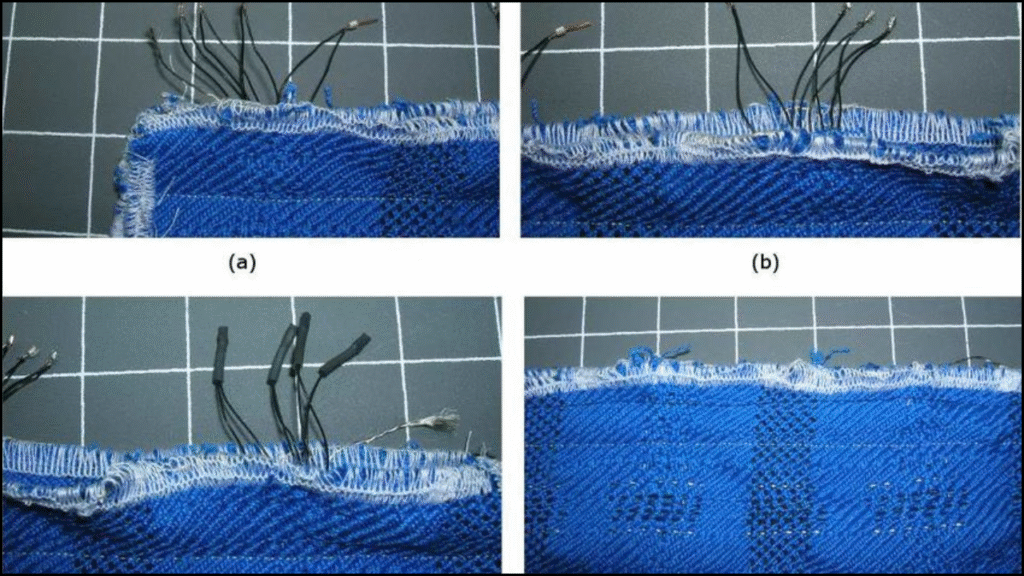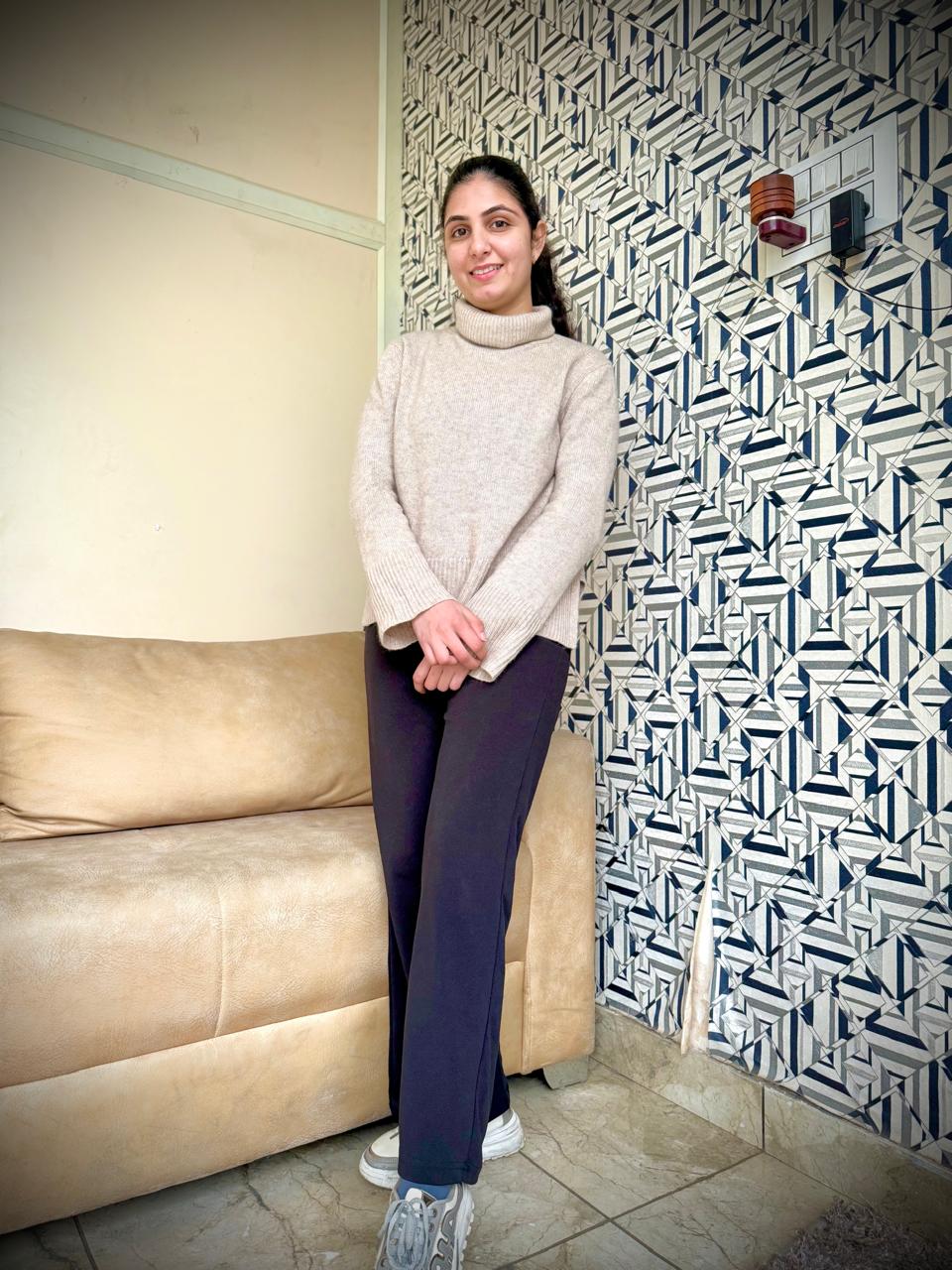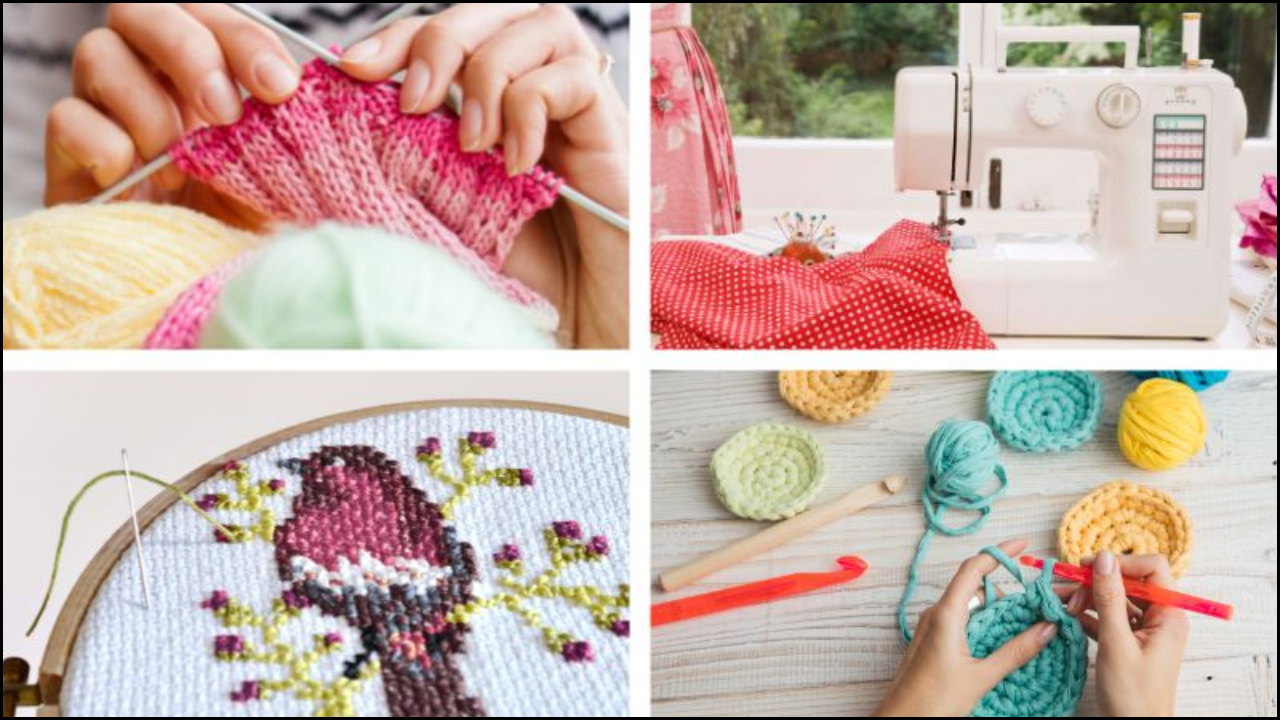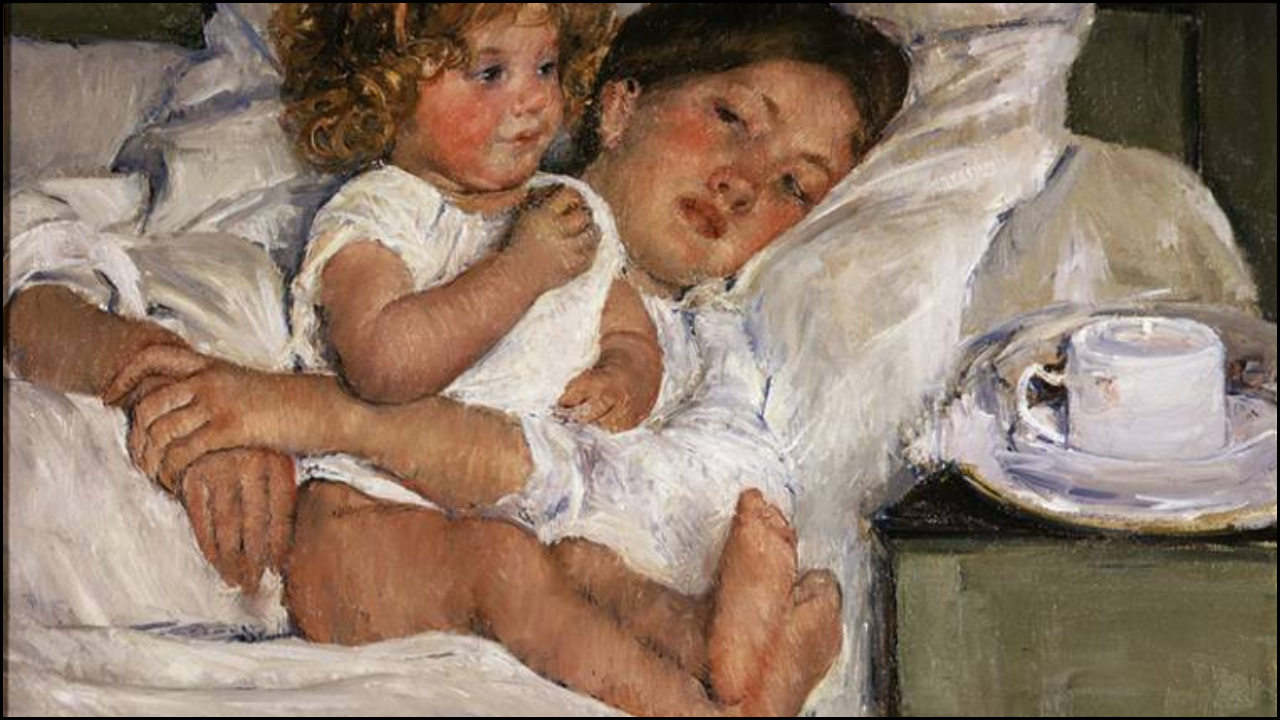
Textile development has long been influenced by experiments with different materials. Wire and fabric represent two distinct elements, yet when combined, they create a unique relationship that blends strength, flexibility, and creativity. Industrial designers, engineers, and artists have explored this relationship to enhance durability, aesthetics, and functionality in multiple applications. An understanding of how wire and fabric interact provides valuable insight into both traditional and modern industries, ranging from construction to wearable technology.
Table of Contents
Historical Perspective of Wire and Fabric
- Ancient usage: Wire was once used in armor weaving, where metal links were interlaced with textile to provide protection.
- Medieval textiles: Embroidery sometimes involved fine wires of gold or silver stitched into fabrics to symbolize wealth.
- Industrial age: Wire mesh fabrics began to appear in construction, offering ventilation and strength.
- Modern design: Fashion designers use metallic threads and wires to give fabrics sculptural qualities.
Material Characteristics
- Wire
- High tensile strength.
- Ability to bend while maintaining form.
- Resistance to heat and pressure.
- Fabric
- Lightweight and flexible.
- Comfort and adaptability to body movement.
- Variety in texture, weave, and composition.
Key Dimensions of the Relationship
- Strength vs. Flexibility: Wire contributes durability, while fabric provides pliability.
- Function vs. Aesthetics: Wire offers structure, and fabric contributes color and texture.
- Technology vs. Craftsmanship: Industrial methods make mass production possible, while artisans add creative detailing.
Applications of Wire and Fabric in Different Fields
Architecture and Construction
- Wire mesh fabrics are used in modern buildings for facades.
- The combination provides shade, privacy, and decorative appeal.
- High resistance to environmental conditions ensures longevity.
Fashion and Costume Design
- Designers use fine metallic wires woven with silk or cotton.
- Sculptural dresses and accessories emerge from structured wire-fabric blends.
- Runway collections often showcase fabric with embedded wires for futuristic aesthetics.
Furniture and Interior Design
- Wire frames covered with fabric create lightweight yet durable furniture.
- Lampshades and wall hangings combine wire skeletons with textile coverings.
- Upholstery sometimes incorporates wire mesh for reinforcement.
Industrial and Protective Gear
- Fireproof suits and gloves use wire-infused fabrics for safety.
- Wire mesh fabrics are found in filtration systems and conveyor belts.
- Helmets and protective wear rely on fabric strength enhanced with metal threads.
Comparative Analysis of Wire and Fabric Interactions
| Aspect | Wire Contribution | Fabric Contribution | Combined Outcome |
|---|---|---|---|
| Durability | Provides strength and rigidity | Offers flexibility and comfort | Long-lasting yet adaptable material |
| Aesthetics | Metallic shine and structure | Color, pattern, and texture | Decorative yet functional designs |
| Functionality | Structural support | Comfort and usability | Efficient solutions for design and industry |
| Innovation | Enables sculptural and industrial possibilities | Enables softness and wearability | Fusion creates new creative directions |
Advantages of Wire-Fabric Combination
- Durability: Materials last longer than fabric alone.
- Versatility: Useful in both functional and artistic applications.
- Aesthetic appeal: Unique textures and reflective qualities.
- Safety features: Wire improves resistance to heat, pressure, and wear.
- Innovation potential: New products can emerge from creative blending.
Challenges in Wire-Fabric Integration
- Weight issues: Wire makes fabrics heavier and less portable.
- Flexibility limits: Wire reduces softness and can affect comfort.
- Production costs: Specialized weaving processes are expensive.
- Maintenance: Fabric with wire requires careful cleaning and handling.
Case Studies of Wire and Fabric Use
Case Study 1: Architectural Wire Mesh
- Buildings in Europe and Asia use stainless steel wire fabrics for facades.
- The combination provides shading, ventilation, and a modern look.
- Longevity reduces the need for frequent replacement.
Case Study 2: Fashion Industry Innovation
- Designers such as Hussein Chalayan experimented with wire-infused fabrics.
- Dresses changed shape through embedded wires, combining art and fashion.
- Runway shows highlighted the futuristic possibilities of fabric with structural reinforcement.
Case Study 3: Industrial Safety Gear
- Firefighters’ protective suits include wire-woven textiles.
- Wire increases resistance against flames and abrasion.
- Workers benefit from both safety and comfort during long shifts.
Comparative Uses Across Fields
| Field | Wire Role | Fabric Role | Outcome |
|---|---|---|---|
| Architecture | Provides a structural framework | Adds surface texture | Functional and aesthetic facades |
| Fashion | Gives sculptural quality | Ensures wearability | Creative and futuristic outfits |
| Furniture | Acts as a skeleton for support | Covers the frame with softness | Lightweight yet sturdy furniture |
| Industrial Gear | Enhances safety and resistance | Provides flexibility | Durable protective clothing |
Innovation Opportunities in Wire-Fabric Combinations
- Smart textiles: Embedding conductive wires for wearable electronics.
- Medical devices: Using wire-fabric blends in orthopedic braces.
- Sustainable design: Recyclable wire and organic fabrics for eco-friendly production.
- Art installations: Large-scale sculptures combining textile softness with wire rigidity.
Future Trends
- Growth of wearable technology with wire circuits woven into clothing.
- Expansion of eco-conscious design using recycled wires and biodegradable fabrics.
- Development of 3D-printed fabrics where wire and textile materials are fused.
- Increased use in an adaptive fashion for people with disabilities, combining comfort and support.
Final Thoughts
The relationship between wire and fabric reflects a dynamic balance between strength and flexibility. Historical uses in armor and embroidery demonstrate cultural significance, while modern applications show industrial and artistic value. Architecture, fashion, furniture, and safety industries all benefit from this union. Future innovations promise sustainable, smart, and creative uses of the wire-fabric connection. Understanding this relationship ensures that industries continue to find new ways of merging rigidity with softness for both functional and aesthetic outcomes.





